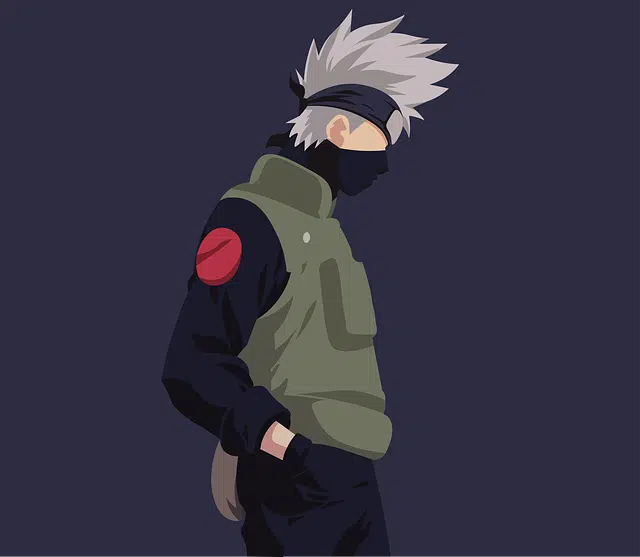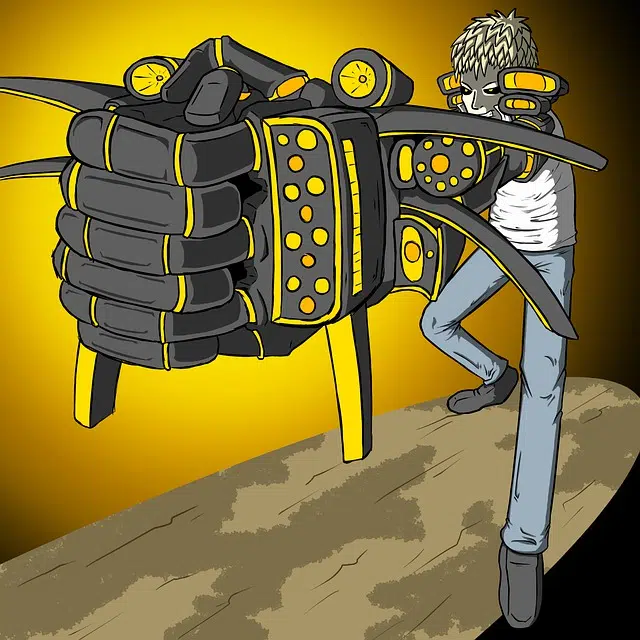
Cartoons created in Japan are known as anime.
If we refer to the dictionary of the Royal Spanish Academy ( RAE ), we will find two meanings of the term anime , which comes from the Latin amineus . The first mentions a resin that is used for the production of drugs and medicines; The second is used in some countries and refers to the curbaril (a tree native to the American continent).
The concept of anime, however, appears most frequently related to a Japanese word that refers to animation . The notion, in this framework, is used to name cartoons of Japanese origin .
Anime is a cultural and entertainment phenomenon that enjoys great popularity internationally. It is an art that is linked to manga (Japanese comics), cosplay (the use of costumes) and other disciplines and trends.
Historical development of anime
Anime works were usually drawn manually, although digital creations have become popular in recent years. Although there are multiple anime works with different characteristics, there is a typical style of Japanese animation that began to be forged in the 1960s .
Characters with very big eyes, thin lips and strange hair constitute one of the most salient features of anime. The expressiveness of the faces, on the other hand, differentiates these drawings from the most common ones in Western animation.

Anime is an artistic expression that became popular worldwide.
Main features
In addition to everything indicated, we must highlight another series of relevant data of interest about the anime, such as the following:
-It is considered that it has its origins at the beginning of the 20th century, specifically around the year 1910. At this time it was called doga and even senga eiga.
-The impact of this type of animation has reached such a point that a long list of specializations have been created within it to satisfy the tastes of all types of audiences. Thus, there are ones for children, for students, for housewives, for sports enthusiasts... Specifically, among the most significant specializations are, for example, kodomo anime, which is aimed at children in general; shojo, which is created to satisfy the tastes of teenage girls, or seinen, which is aimed at adult males and is identified by high levels of violence and sex.
-There are many genres within anime: maho shojo, which means girl with powers; the meitantei, which is the police officer; the sentai, which is about superheroes…
-Anime stories have to establish that they usually have certain links in common, in addition to those already indicated, such as these: presence of historical figures, very striking colors, "games with time"...
-Among the most important directors in the world of anime, who have ended up specializing in it, are from Mamoru Oshii to Hayao Miyazaki through Studio Ghibli.
anime hits
"Spirited Away", "Akira", "Astroboy", "Mazinger Z", "Dragon Ball" y "Pokémon" son algunas de las series televisivas y movies de anime más populares.
It should be noted that many of them have their origin or derivations in manga and video games.
